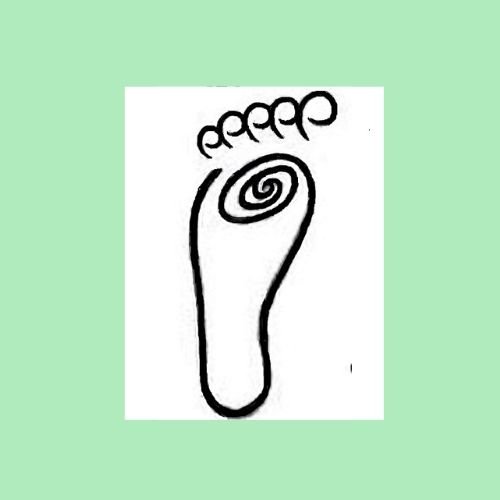These chapters comprise the second part of the book and cover each aspect of how to foot read in great detail. If you have bought the website version of the ebook you can read them by clicking on their link below. But if you have not yet done so, you can get an insight into the content of each chapter by scrolling down.
(Introductions to the theory chapters that comprise the first part of the book are found here.)
BUY THE eBOOK HERE
List of the book chapters (scroll down for further information on the content of each one, or click on the link to go there directly)
musculoskeletal system (part 1)
musculoskeletal system

What the initial presentation of the feet tells us about the health of the musculoskeletal system, as well as the emotional state and personality of the client. How to see if the client is relaxed and ready for a treatment.

Looking in more depth at the musculoskeletal system. What torsion in the joints and tension in the muscles & tendons, as well as the shape of the three arches of the foot tells us.
toes parts 1 & 2
lines 1 & 2

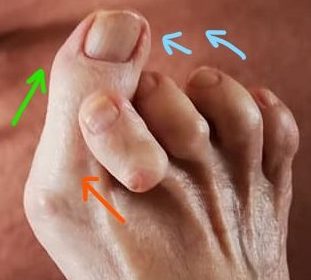
The importance of the length, spacing, and shape of the toes. What this tells us about the posture of the shoulders, neck, and head. As well as the physical health of the brain and the emotional condition of the mind.

How the length, thickness, direction, spacing, and frequency of lines & grooves relates to reflexes under physical and/or emotional stress. Also what lines tell us about spinal function as well as hydration and nutrition.
colours on the feet
condition of the skin
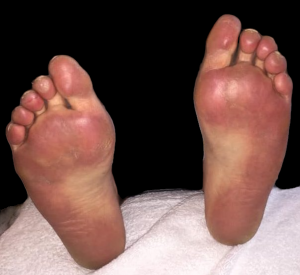
What the colouring of the feet says about the overall health and emotional state of the person. Also how variations in colour between different areas of the feet help us assess the energetic condition of the various organs.
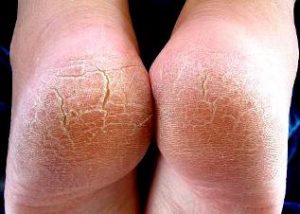
What skin conditions and different textures tell us about hydration and toxicity in the body and at specific reflexes.
As well as the connection between the skin and gut health and stress, and a client’s emotional wellbeing
underlying texture
moles, freckles and marks
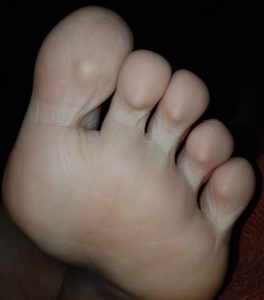
What swelling, dips, and indentations in the surface of the feet are telling us about overactivity, congestion, or depletion in energy at various organs and glands. As well as the functioning of the lymphatic and venous systems.

Why freckles, moles and other marks are sited on certain reflexes and not others. What they tell us about energy flow up to the body, as well as through the anterior to posterior and lateral to medial body.
veins and capillaries
nails
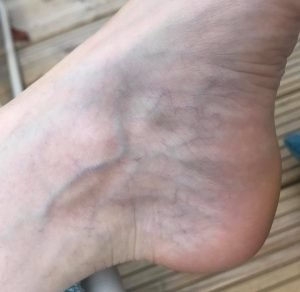
What distended veins and broken capillaries at a reflex show us about circulatory issues or past trauma at related organs and joints.

Looking at nail health and what it can tell us from both allopathic and holistic perspectives, and when we should refer for a clinical diagnosis.
left-right balance
other visible responses

Comparing and contrasting the appearance of the right and left foot in order to get an idea of differences and imbalances between the two sides of the body.

What some common physical responses & reactions such as cramping and twitching tell you about what is happening to the client. And how to read body language and the language of the feet during a treatment.

How fertility issues in both sexes can appear on the reflexes. And how to use foot reading to support your clients during pregnancy.

The six meridians that start or end in the feet, and what a basic understanding of them can add to your practice.
case studies
techniques based on observation

Using assessments of all four aspects of the feet in conjunction with clients’ medical histories

Compilation of the best techniques to use based on visual observations of the reflexes.
other ways of foot reading

A look at some other reflexologists and how they use their own way of reading the feet to explore the energetic fields. How their work overlaps and aligns with my approach. And how medical science is looking at why the lines on the feet and the size and shape of the toes can show a predisposition to certain clinical conditions.
